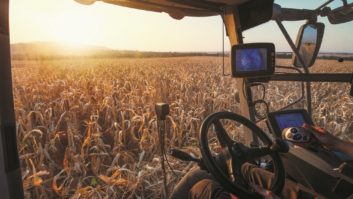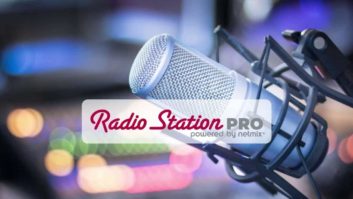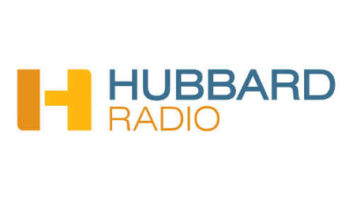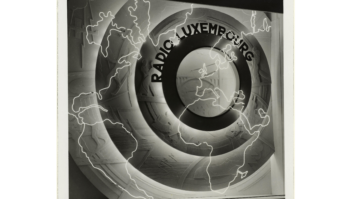Ask a radio advertiser: One of our medium’s strengths is the ability to target specific audiences with affordable frequency. So as the program director or marketing director of a radio station, you’d probably buy spots on a direct format competitor … if they’d sell them to you. They won’t; I’ve tried.

Here’s another option. Rather than “spray and pray” by marketing to everyone and hoping you hit the target audience, digital advertising can come close to pinpointing them.
“Of all the traditional media, radio is the farthest behind the digital curve,” says Rick Flowers, managing partner of Kmph Digital in Phoenix.
Flowers spent most of his career in newspapers before starting a company that helps ad agencies with digital strategies.
“Newspapers were forced to move to digital early when they lost their classified section revenues. Now the big TV station groups are finally seeing the light, too,” Flowers said.
LISTENER LISTS
Starting and growing a listener database is a great place to begin. You may be thinking, “Oh, we have one, and we send out an email every week about our contests, concerts and promotions.” If so, good for you!
Yet in 2019, collecting listener data and using it effectively can be far more, a highly sophisticated process and a long-term commitment.

“Start from contest entries,” says Leigh Jacobs, EVP of research analysis for Nuvoodoo, the firm founded by longtime radio researcher and marketer Carolyn Gilbert.
Jacobs recommends you proceed slowly, only asking for the information that’s absolutely necessary to play the game — name, email and a checkbox to confirm they’re of contest-legal age. That maximizes entries. Then, over time, you ask for more. “People love giving their opinions, and those opinions are gold,” he says.
Imagine always getting station emails with content that feels like it’s just for you — because it is! It might feature an artist you love, let you know that the contest you won last year is back, or contain a personal note from your favorite DJ.
“Developing the most valuable email campaigns means making sure every email is relevant to the recipient. Even if you’re emailing to the entire database every time, being able to customize emails based on the personal tastes of each listener or cohorts of listeners will make your email more relatable and powerful,” says Jacobs.
“Just sending out one-size-fits-all crap doesn’t add any value,” warns Flowers. He thinks it could even cheapen your brand. “If your email takes into account what it is your audience has in common and is not just a constant barrage of self-promotion then it can be meaningful. Unfortunately, few stations put in the effort to make that happen.”
Getting to know your most active listeners has another benefit, because — as mom always said — “Birds of a feather flock together.” Once you know more about their lifestyles, you can find more people just like them.
BIG DATA
“The amount of information available is tremendous — and scary,” admits Jacobs. “We often build look-alike audiences using ‘big data.’ These are people who may not cume the station, but have so much in common with station listeners, the odds are good they’d like the station, too.”
That can include tracking your listeners’ online behaviors through the use of those dreaded “cookies” when they visit your website. Is that evil?
Using data to find potential new listeners to a radio station is noble compared to the ways that Facebook has allegedly misused data. Despite that, “People are still hooked on Facebook,” says Flowers.
In his opinion, Google may even be a worse offender. “They were fined $5 billion by the EU last year. Users sound off about the misuse of their personal data, yet they click OK to any changes a platform makes.”
Many consumers may accept that some loss of privacy for marketing purposes is a fair price to pay.
If we believe in our hearts that our radio stations perform a valuable service — making the workday and commute more fun, lifting listeners’ spirits, bringing them together to enjoy each others’ company and support good causes — a data-based strategy to grow our audiences is a win-win, for us and them.
Comment on this or any story. Email [email protected].
Dave Beasing predicted the growth of podcasting and started “Sound That Brands.” Among other projects, the company co-produces “Inside Trader Joe’s” with Amplifi Media, the most successful branded podcast of its kind.












